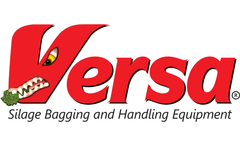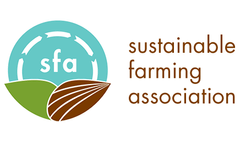Refine by
Cattle Industry Articles & Analysis
8 articles found
Dairy farm consultants and equipment suppliers weigh in on the benefits of properly packed bags, as well as feed management tips to obtain the highest nutrient density feed to promote herd health and production. Silage is critical to dairy farm operations. Compared to hay production, silage increases the potential yield of nutrients from available land, decreases feed costs, lowers harvest ...
Like many other traditional industries such as automotive and banking, the agriculture and food markets are constantly faced with fundamental market shifts. ...
Crow Wing River Basin Forage Council is exploring marketing options for cattle at its annual Winter Meeting from 9 a.m. to 3:30 p.m. Thurs., Feb. 20, at the Commons at Central Lakes College in Staples. The meeting will also have a presentation on farm transitions, a direct marketing panel and a three-part marketing session with experts on branding grass-fed beef, aggregating and auctions. ...
One possible approach to reduce market vulnerability would be to move towards a New Zealand style producer-owned model.Keywords: bovine spongiform encephalopathy, BSE, Canada, USA, farm producers, risk management, trade, mad cow disease, market vulnerability, exports, government policy, market diversification, cattle ...
Geographic proximity and a long history of integration between US and Canadian cattle industries have resulted in similar management of BSE risk factors. ...
In this context, the apparent popularity of beef consumption and a thriving cattle industry in India is somewhat paradoxical. Although there is low demand for beef in the domestic market compared to other countries, the government has instituted precautionary safeguards to maintain its BSE free status and large international beef export market. ...
Judged by its growth rate, the dairy industry is viewed as one of the most progressive food industries in the Middle East. ...
Removal to reservations involved American Indians in changing economies and federal 'civilisation' programs that were fueled by beef cattle, breeding cattle, working cattle (oxen) and dairy cattle. As 19th century reservations expanded, Native Americans negotiated the bovine economies as consumers, labourers, producers, retailers and marketers. Cattle, working oxen and dairy cows were intended to ...




